Note: This essay contains quite a bit of sarcasm.
Social media is rife with narcissists but probably none more so than image-centric apps like Instagram. The whole mechanics of the platform is built on people making every post about themselves, their lunch, or their work and have every conversation revolve around that.
Because it’s free and easy to use, we largely accept the prevalent egocentricity as part and parcel of the Instagram experience. Most of it is bearable, while some other behaviors like the irrelevant photo tagging, the unsolicited brick pics, and other “look at me” ploys rise to the level of nuisance.
Still, I cringe and wince when I see this kind of entitlement on display:
“I’m done with these followers not commenting on any of my posts. Why are they following if they aren’t even going to engage?”
I was taken aback by that, but only slightly, and scrolled away quickly so that Instagram didn’t register insufferable conceit as something I was interested in.
But it made me think: is this where we are now with social media? Once upon a time, we were grateful if someone followed us, but now they owe us comments too? How did we get so entitled?
I may have missed an update or two since I’ve severely limited my time on the app so it’s possible that I don’t know how Instagram works anymore or what the new etiquette is now.
My current understanding is that there’s a mutual benefit to following someone— I get a better user experience because I enjoy the posts on my feed and the photographer gets their work seen, which is what we say we want.
But now, it appears I’m doing photographers a disservice by merely looking at their posts and not doing more than that. I’m offending people by following but not leaving comments.
I’m not one to claim ignorance as a defense so I’d like to offer a simple remedy to the aggrieved that I think is a win-win for us both:
Tell potential followers upfront that there’s a commitment to comment— a “commentment”, if you will— to spare both parties any ill feelings. “Commentment” is a fun word but may not translate well so perhaps “comment tax” might be better to use here. “Tax” gets attention. Love that!
I highly recommend writing about your comment tax in your bio. That would certainly make frugal commenters like me think twice about tapping that blue follow button just below it. Plus, you only have to write it out once and you’re done!
If you want to go the extra mile though, add the comment tax details in your captions, ideally right after your regular reminders to like, follow, and share. It’s a hassle because people don’t really read captions, but at least the information is close enough to your very effective “call to action”.
Maybe we can even come up with a hashtag like #followandcommentk. And once that gets widespread use, we can shorten it to #fack.
Trending hashtag! Is that still a thing? I hope so because that’ll make it a lot easier for comment-averse people like me to find and unfollow people like you.
If all that fails and followers still aren’t leaving comments as per your instructions, Instagram has a “remove follower” feature that lets you weed out these non-taxpayers yourself. Then you can focus on just the few followers who do comment on your posts.
So that’s my proposal. Let me know how that works out for you!
All snark aside and in an attempt to actually be helpful here, let me explain why I don’t comment on Instagram.
The most common reason is that I don’t have anything to add. Online and IRL, I don’t make unnecessary noise or make myself be seen just for the sake of it. It’s not my personality.
If I like a photo or post on Instagram, I give it a heart and that’s usually the extent of it. That gesture is enough to show my appreciation. (Although that heart metaphor is a bit much— I just like the photo, I don’t love it.)
Second, I’m in Insta-mode. I’m not looking for an activity, but rather inactivity. I’ve said before that I don’t go to Instagram to engage my mind with anything; I’m just bored and want to scroll as I while away some unproductive time.
While I’m waiting for the water to boil, for Lightroom to convert my photos to DNG, or for the train to arrive, that’s when I’m on Instagram.
I’m only half-looking at the app in those few minutes and will drop it once that other event completes: the water has boiled, Lightroom is done, the train has arrived.
My brain doesn’t want to get that distracted from the other more important things happening so I’m not going to think of a comment, much less type one out.
Third, I don’t really go to Instagram to connect with people but to look at things people have created. I know the platform started out with the intention of sharing snapshots of IRL events with IRL friends and family, but I just don’t use it that way anymore.
Even then, I’d only comment “happy birthday” publicly once a year but if I wanted to say something more, into the DMs we go.
So I’m especially not inclined to comment on an internet stranger’s post.
(I have made friends out of internet strangers, for the record. But that happened in DM, not in the comments, and then eventually off the app entirely.)
Lastly, Instagram as a photo-centric, and now video-centric, app is just not conducive to commentary. It pushes you to scroll and keep any comments pithy by design, at least on the feed. They don’t want you lingering because it takes away opportunities to show ads in between posts.
The few times I do comment, I make it very short. I’ll even delete words and sentences if I think it’s too long. “Long” is relative here since captions on my posts are paragraphs. It just seems out of place in the comments though.
As a small comfort, I hardly comment on blogs or YouTube videos either and those often cover topics and ideas worth discussing in-depth. The problem with those comment sections is that they are often hangouts for toxic people looking for a fight.
So there are personal reasons why I don’t comment and also platform-related ones too.
None of this is particularly eye-opening. I’m sure my reasons are pretty relatable. Even those people who feel entitled to comments probably feel the same way and don’t pay the comment tax that they demand from others.
Entitlement on Instagram is nothing new— we’ve all generally accepted narcissism as a driver of the platform from the get-go. Maybe I’ve just never seen it put so bluntly and publicly before that it gave me pause this time.
But I’ve certainly been in many private conversations that express the same thing in a more nuanced way, usually in reference to Flickr and the quietness of the comment section there. My reaction is far less sardonic than my comment tax proposal but my underlying question is the same: why expect or even demand people to comment?
I’m not a total recluse: I get that comments (and likes) make people feel good, seen, or welcomed. What I’m saying is that it’s not healthy to bank on engagement to keep you going in your hobby.
Besides, what kind of comments are we even talking about here? Three fire emojis?
If that’s the case, I can recommend a few toy photographers who will leave those on every post for their own visibility. Another win-win solution.
So let’s roll back these demands of each other and complain about something we actually might be entitled to: Instagram showing our posts to people who follow us.
Toy Photography Tips
Several of you reached out to say how helpful it was to understand my thought process behind the editing workflow that I wrote about before here on Substack and later expanded on my blog, so I thought I’d explain another photo edit.
The actual tools I use aren’t important— knowing the reasons for the decisions is more useful because there are several different ways to go about the same thing in post-processing, even within the same app or program.
If you learn editing this way, you can use the methods you prefer and it’ll be fine.
For this editing walkthrough, I’m going to start with an already-edited photo and then discuss why I re-edited.
Here’s the first photo:
And here’s the re-edited photo:
In the first photo, I felt like everything was too bright and warm-colored overall for a nighttime Halloween concept. The little witch was already very warm with those reds and yellows, and the essence of her character was bright, so I thought adding contrast with bluer and darker tones everywhere else would work better.
To get that effect, I reduced the exposure globally, targeted the shadows to make them a bit darker, and then made them bluer by lowering the color temperature.
I also felt that the environment might be a bit too distracting in the first photo— my eyes were being pulled all over the place— so I added a stronger vignette than usual to darken the areas all around the frame. This made the little witch pop even more.
Finally, I reduced the saturation and contrast of the photo just a tiny bit because nighttime always creates muted, muddier colors.
Here are the two photos side-by-side:
The second edit is closer to what I envisioned for the photo originally. I had forced myself to go in a different direction because I had shot a similar photo with flying ghouls the night before.
While most of the setup was the same, I changed the subjects, staged in another section of the scenery, used heavier mist, and added backlighting with a flash. I suppose I was eager to do something a little different in the editing process as well just to convince myself I wasn’t being lazy.
Anyway, the re-edit let me revisit my creative and technical choices. I learned to trust my instincts more and not be overly concerned with what I’d done before. It’s great to do things a different way, but if it doesn’t feel right, go ahead and change it.
Toy Photography Talk
Every week, I add a new discussion prompt to the Discord server for toy photographers who want to talk shop a bit. This week’s topic:
Do you create titles for your photos?
Is it necessary when “a picture is worth a thousand words”? Jump on Discord and let me know.
In the FBT Recommends section on the server, I’ve started adding things I’ve bookmarked over the years that I’ve found invaluable as a toy photographer.
One of my favorites is The Gap by Ira Glass, which is essential viewing for anyone struggling with their progress:
Toy Photography Features
Speaking of Flickr and its chill AF toy photography community, here are some wonderful LEGO photos I found there.

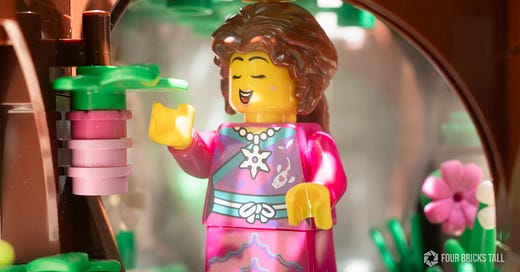



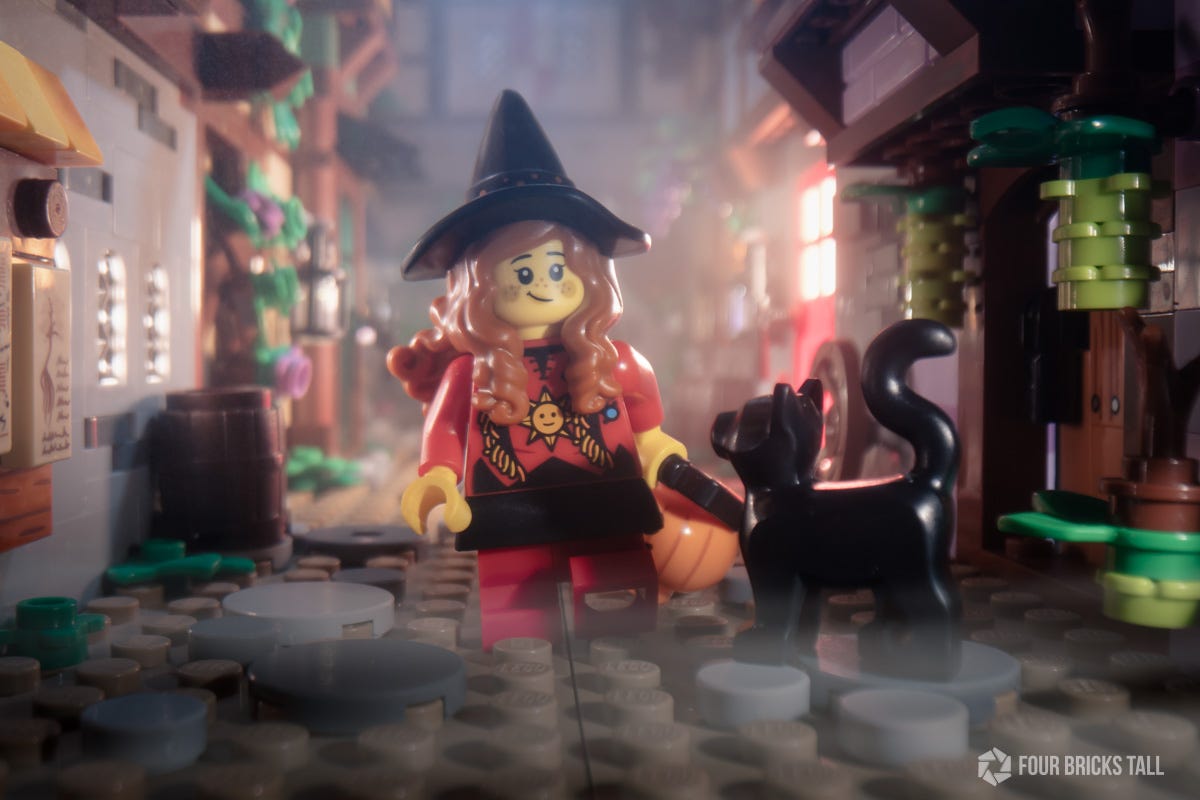
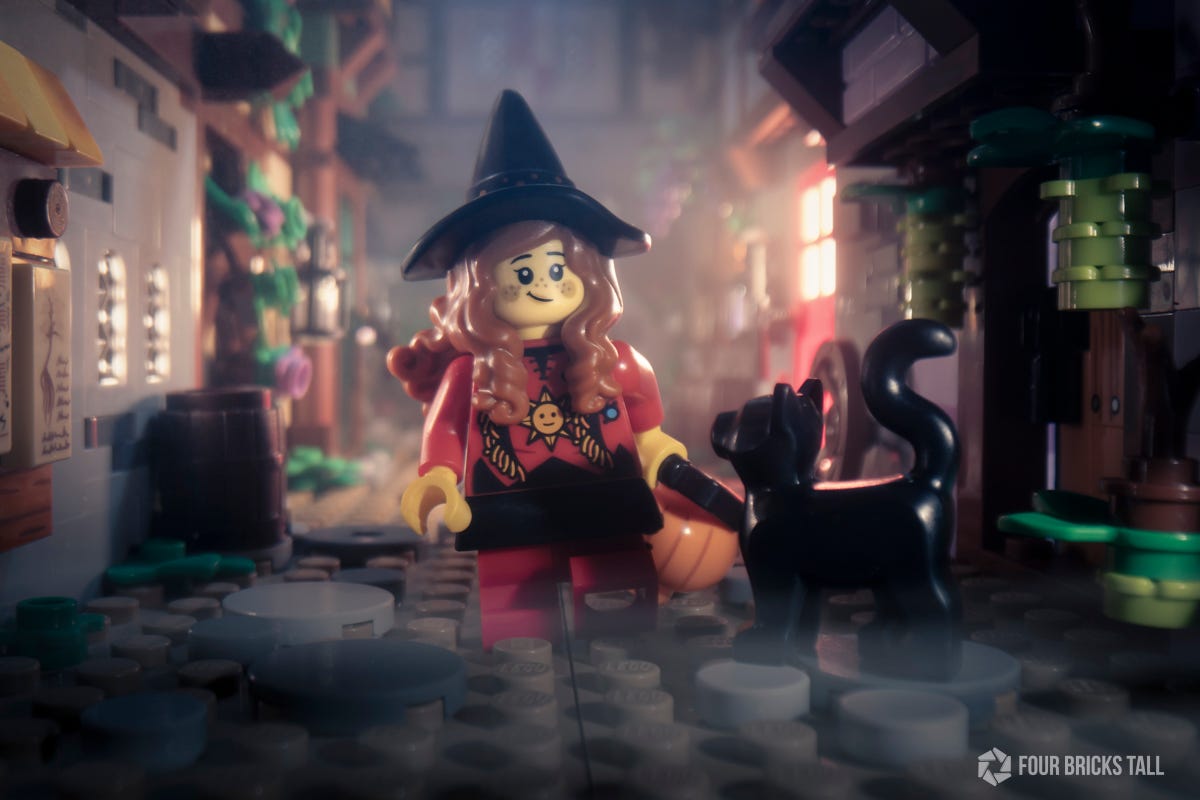
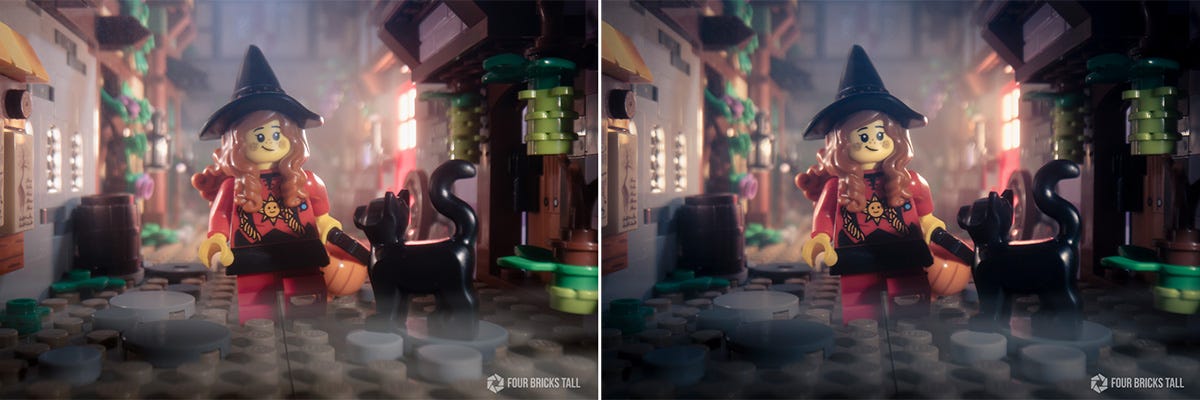
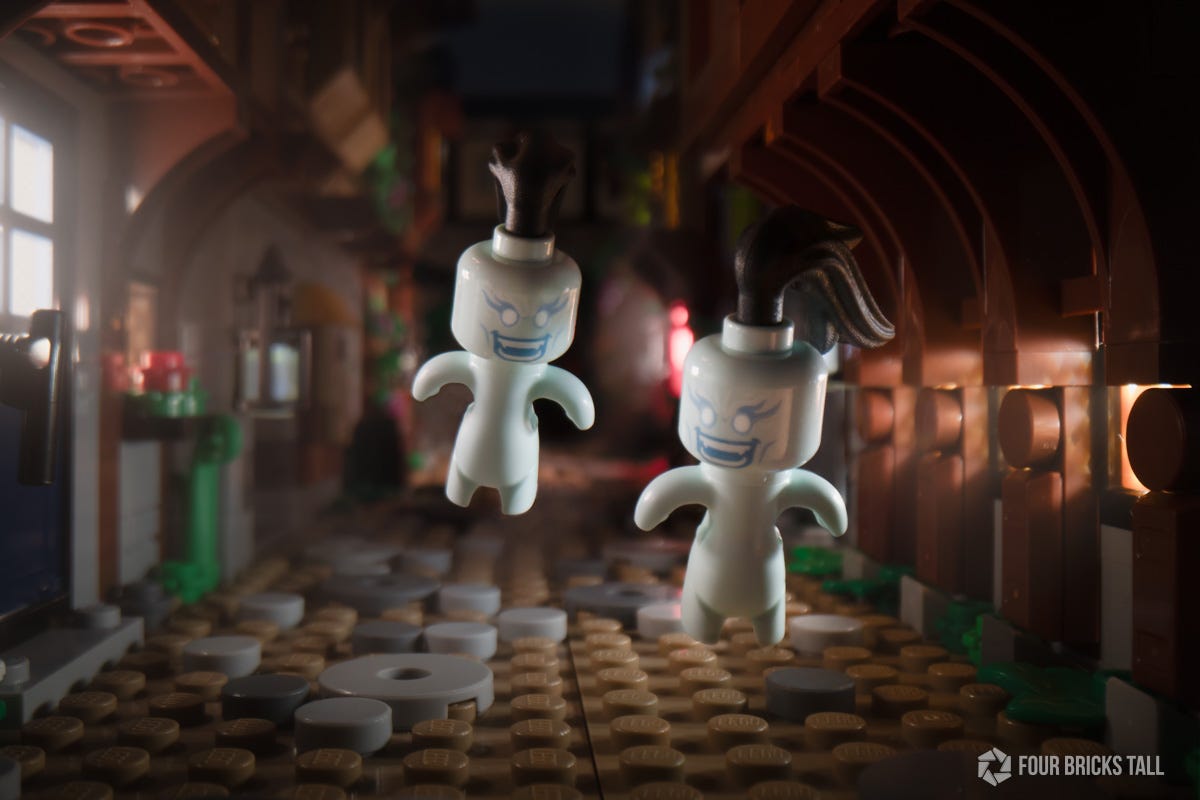
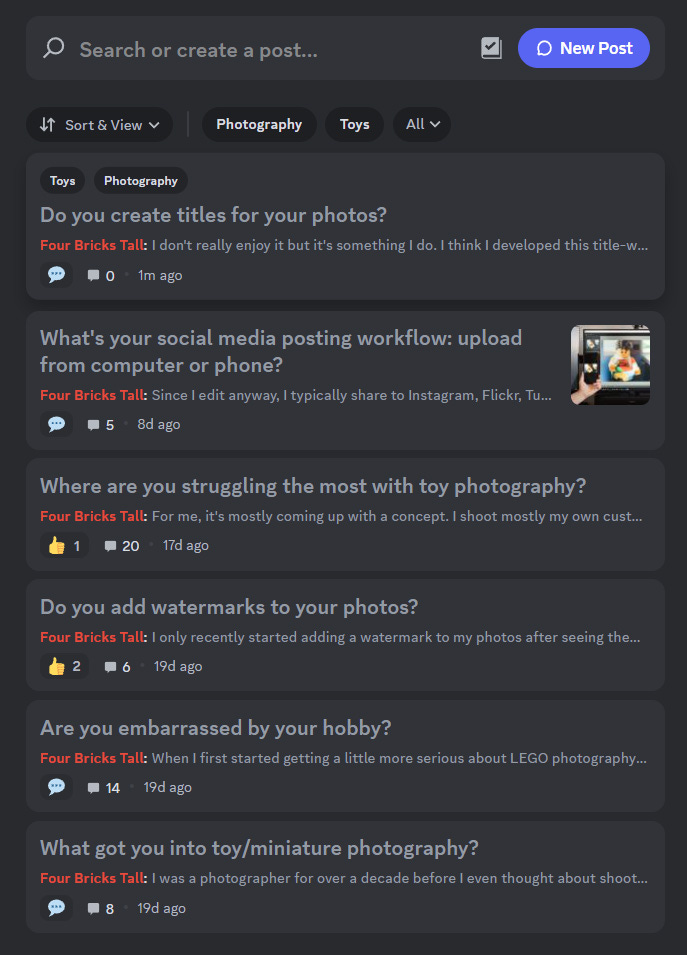
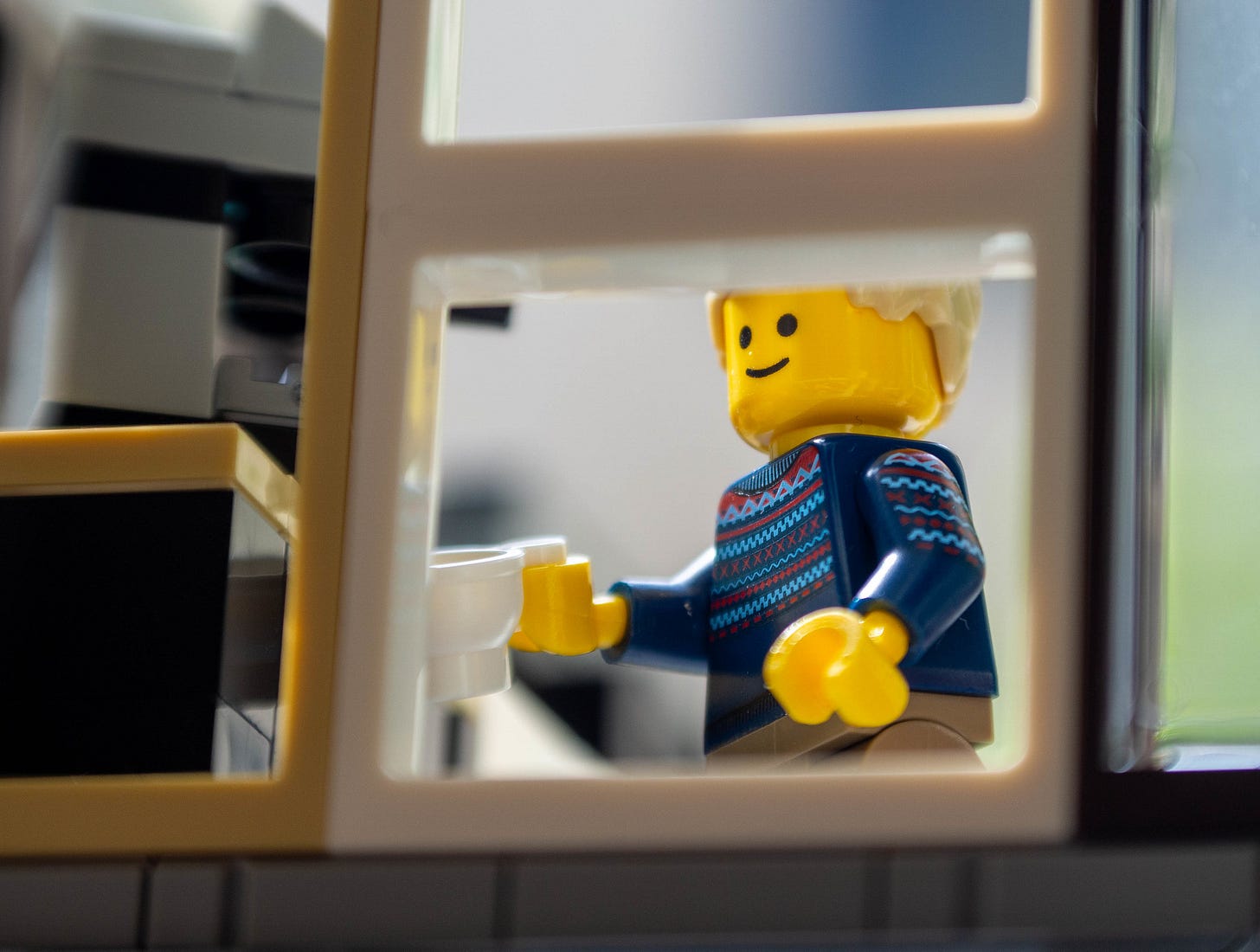
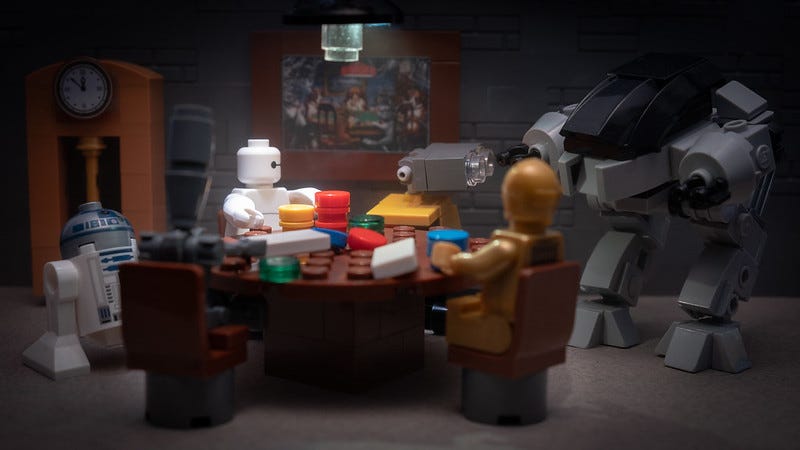
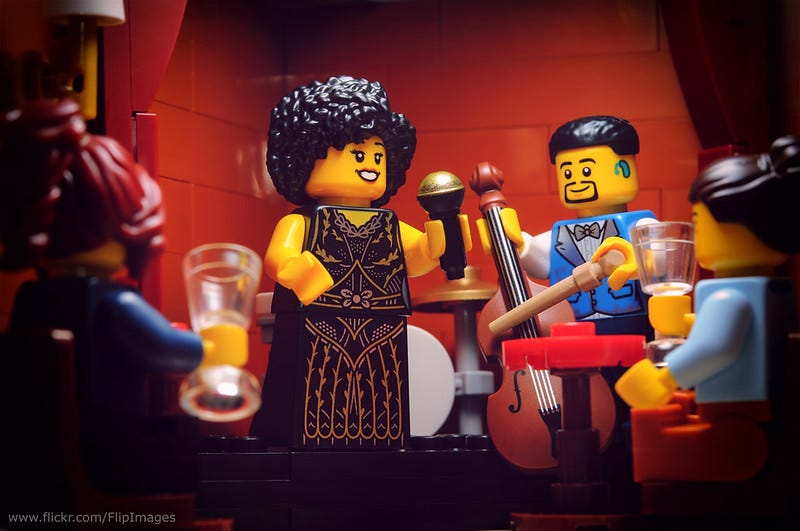
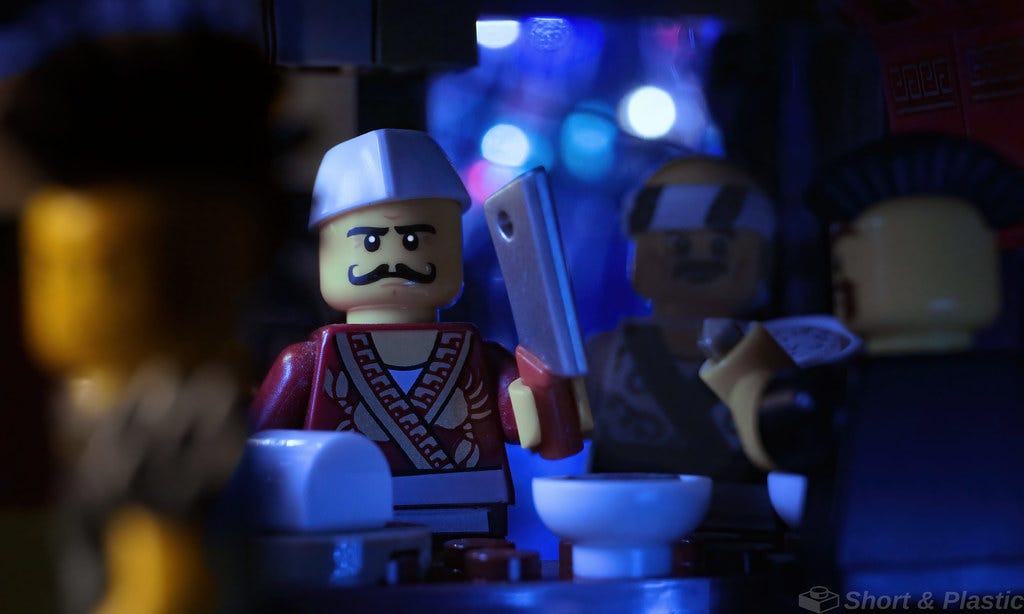
Once again I find myself thinking "Geez, Anna, get out of my brain!"
I comment, but not excessively; I generally have to REALLY like something, and then I try to keep my comments on the topic of what caught my eye.
My biggest problem is "reply guilt", feeling the need to respond to comments left on my images. I am genuinely appreciative when someone takes the time to comment. [And yet, I don't feel slighted when my comments aren't acknowledged...]
Brilliant article, I fall into the trap where I care too much about likes and follows which leads to purchases to impress but then u fall short of likes so then this becomes a vicious cycle.
May I ask what lens and camera choice you opt for with these types of shots? My lego shots are no where near this level but I'd like to know if it's the lens choice or not as you seem to have great depth of field with a nice wide view. I'm gonna guess possibly a 60mm macro? Superb shots btw!!